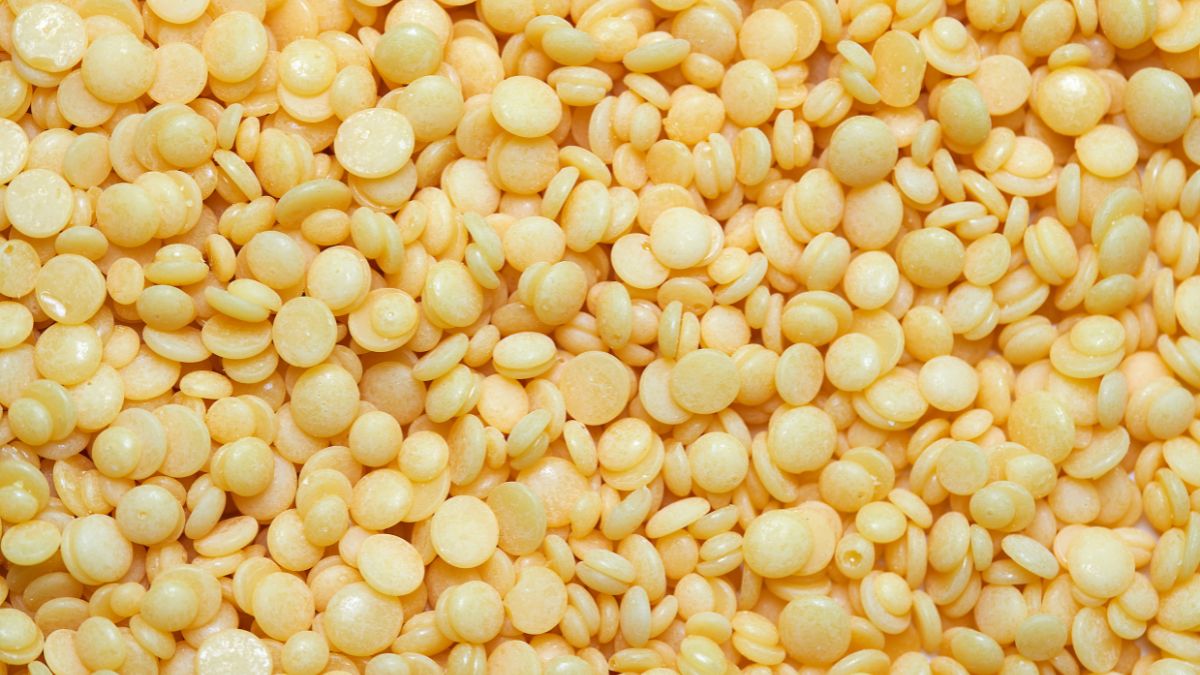Physiotherapy for Stroke Patients: Techniques for Improved Mobility
Physiotherapy for Stroke Patients: Techniques for Improved Mobility
Wax Beans: Heart Health and Considerations for Phytic Acid

Wax Beans: Heart Health and Considerations for Phytic Acid
In the vast, verdant fields of the world, where the sun kisses the earth with its golden rays, grows a humble yet extraordinary legume that has captured the hearts of health enthusiasts and culinary aficionados alike. Wax beans, with their vibrant yellow hue and succulent texture, are not just a feast for the eyes but a bountiful source of nourishment for the heart. This narrative ventures into the heart of wax beans’ nutritional prowess, exploring their impact on heart health and delving into the considerations surrounding phytic acid, a compound that dances between being a nutrient powerhouse and an anti-nutrient enigma.
Wax beans, a variety of snap beans, emerge as silent guardians of cardiovascular health. Their tender pods are teeming with fibers that weave through the body’s intricate systems, lowering bad cholesterol levels and ensuring the heart beats to the rhythm of health and vitality. Imagine these fibers as diligent sentinels, safeguarding the arteries, whispering tales of longevity and resilience. Moreover, these beans are a treasury of antioxidants, those valiant warriors fighting against the oxidative stress that threatens to undermine the heart’s strength and stamina. Each bite of wax beans is a step closer to a heart that thrives, unfettered by the ailments that lurk in the shadows of modern life.
But the story of wax beans weaves a more complex narrative when the spotlight turns to phytic acid. This natural compound, found in the seeds of plants, is a double-edged sword. On one hand, phytic acid is a storied protector, a guardian of minerals within the plant seeds, and an antioxidant in its own right. Its presence in wax beans whispers of an ancient mechanism, evolved to safeguard the seeds’ precious cargo until the moment of germination. It speaks to the marvel of nature’s design, where even the smallest bean holds secrets that have traversed through time.
On the other hand, phytic acid holds a more mysterious, controversial role as an anti-nutrient. Its grasp on minerals such as iron, zinc, and calcium can thwart their absorption by the body, casting a shadow on the otherwise luminous tale of wax beans. This revelation beckons a journey into understanding, where moderation and preparation techniques, like soaking or fermenting, become the keys to unlocking the full nutritional treasure trove of wax beans. Through these ancient culinary arts, the phytic acid is transformed, reducing its binding ways and allowing the body to embrace the full spectrum of nutrients nestled within these golden pods.
The tale of wax beans is a testament to the beauty and complexity of nature’s bounty. It is a narrative that encourages us to look deeper, beyond the surface, to understand the delicate balance that governs health and nutrition. Wax beans, with their dual story of heart health heroism and the enigmatic dance with phytic acid, invite us on a journey of discovery. They urge us to embrace the awe-inspiring intricacies of the food we eat, to explore the ancient wisdom of preparation, and to celebrate the vibrant, beating heart of nature’s offerings.
Thus, wax beans stand as a beacon of health, a reminder of the interconnectedness of all things, and a call to approach our dietary choices with curiosity, respect, and a sense of wonder. In the end, they are not just food; they are a narrative, rich and multi-layered, waiting to be explored and savored in all its complexity and splendor.